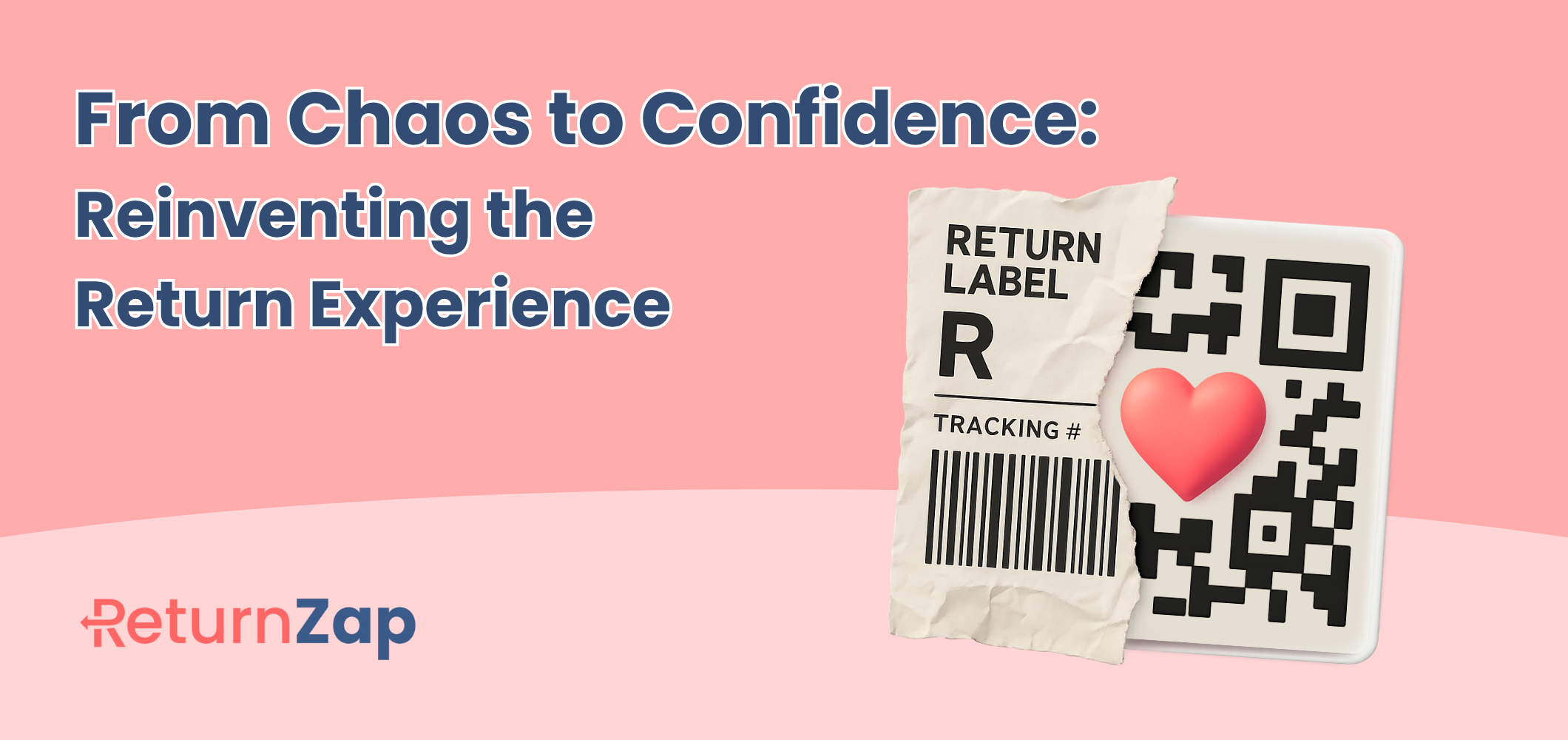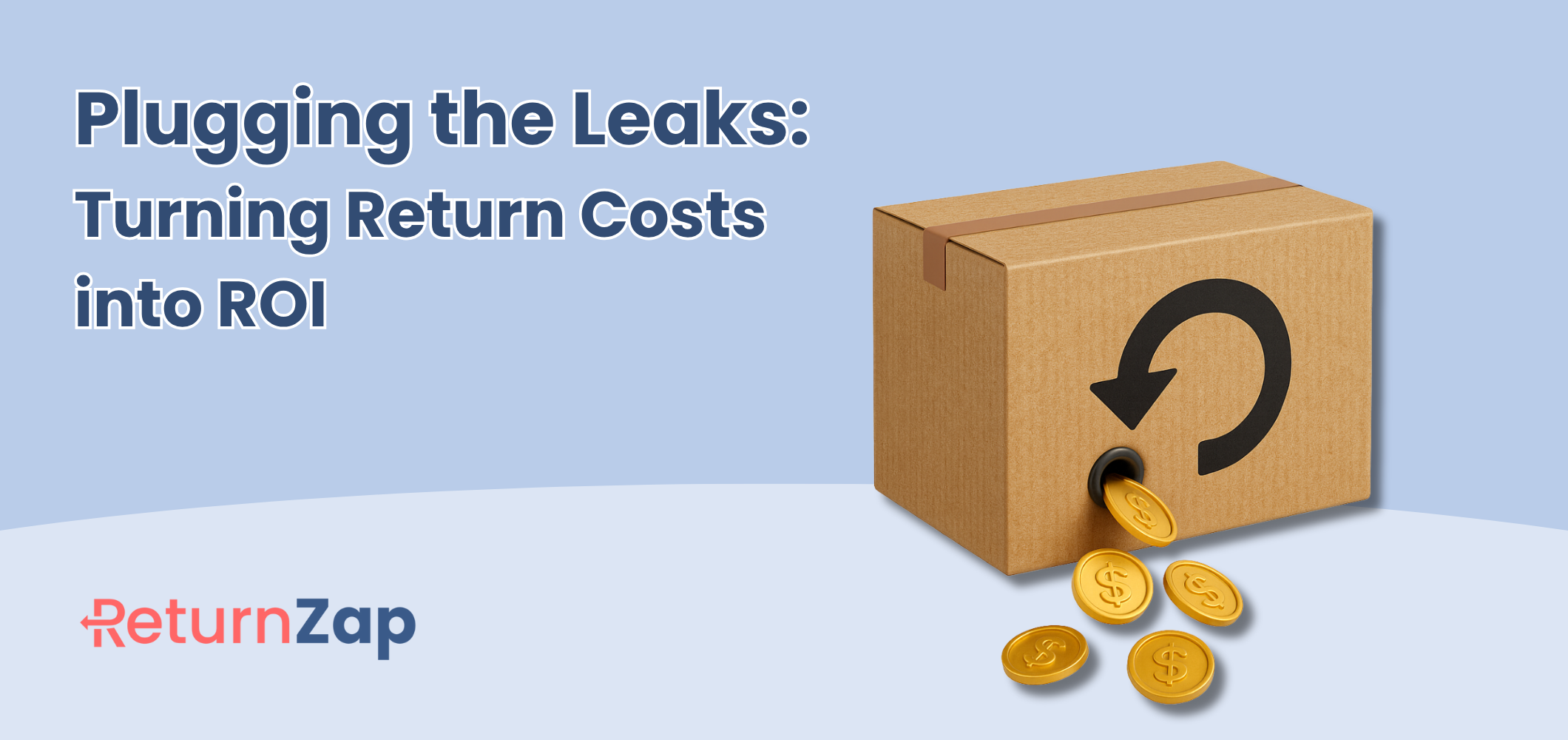From Frustration to Delight: How One Brand Transformed Its Returns Experience

Why Returns Break Loyalty (and How They Can Build It Instead)
Every brand celebrates when an order is placed. But the real test of loyalty often begins when a customer needs to send something back. For too many businesses, that moment reveals gaps: confusing policies, hidden costs, and opaque timelines.
Research and experience show just how powerful that moment can be. A poor returns experience can drive customers away permanently, while an easy, transparent process can reinforce trust and encourage repeat purchases.
One ReturnZap blog post explores this idea further: Returnless Refund: Boosting Customer Loyalty in Retail examines how offering refunds without requiring returns (for certain low-value items) can both reduce logistical burden and dramatically improve customer satisfaction.
The Before Story: A Frustrating Returns Experience
Picture the scenario: someone buys a product online, excited about it, but when it arrives the size doesn’t fit. They try to return it. They have to dig for return instructions, often spending time in the FAQs. They need to print the label themselves. They pay for shipping. They endure long waits.
Nothing is communicated clearly. No confirmation. No estimated timeline. After days, or even weeks, the refund arrives. The customer feels let down, disconnected, even regretful. What should have been a moment of reassurance feels like damage control.
The Turning Point: Rethinking Returns as a Customer Experience
At some point, the brand in our case realized that this dissatisfaction was consistently showing up in customer feedback and surveys. Returns were ranked as a leading source of friction.
Rather than making superficial fixes, leadership decided to shift mindset: treat returns not as a necessary evil, but as a part of the customer journey that could either damage or deepen trust.
This decision led to a full overhaul. The brand rewrote its returns policies in plain language. It invested in technology to automate and streamline. It designed the process with transparency as a priority.
The After Story: From Frustration to Delight
After the redesign, customers no longer needed printers or complicated return labels. They were issued QR codes to drop off returns at convenient local points. Where possible, shipping was free. Unexpected fees were gone.
Communication became reassuring and consistent. At every stage, item drop-off, receipt, refund approval, customers received updates. They knew exactly what was happening.
The brand also introduced choices: instead of always refunding, customers could opt for exchanges or store credit, often with bonus credit as an incentive. What had been a frustrating conclusion to a purchase became another opportunity for connection.
Turning Returns Into Data: The Hidden Goldmine
Perhaps the biggest benefit was what happened behind the scenes. Tracking why products were returned, fit, damage, expectation mismatch - revealed patterns. For example:
- Size-related returns pointed to measurement guide improvements.
- Damaged products revealed packaging issues requiring redesign.
- Defective item returns led to supplier audits.
Over time, each return became more than a cost, it became feedback, a signal for improvement. This led to fewer returns, more reliable quality, and better customer satisfaction.
The Business Impact: Returns as a Loyalty Engine
The transformed returns process didn’t just make operations smoother, it shifted customer behavior. People who experienced the new process were likely to return to shop again. Retention increased. Word of mouth improved. Reviews often mentioned how easy the return was, even more than the product itself.
One practice that helped: offering bonus store credit. A ReturnZap article, Offer Bonus Store Credit for Shopify Returns, explains how giving extra value when customers choose store credit over refunds helps preserve revenue and build loyalty.
How Your Brand Can Do the Same
If you recognize echoes of the “before” story in your own returns process, here are practical ways to shift toward delight:
- Simplify logistics: eliminate unnecessary steps like printing labels, charge-free or prepaid returns, and convenient drop-off points.
- Be transparent in communication: clearly state timelines, send automated updates, and keep the customer informed at every stage.
Also, treat returns not as just a transaction to close, but as feedback to fuel improvements across your product descriptions, packaging, and supplier relationships.
Conclusion: From Cost to Competitive Edge & Your Next Move
Returns are unavoidable, but how you handle them can make all the difference. When one brand reimagined its returns experience, it didn’t just reduce friction; it turned a weak spot into a competitive strength. Trust was restored, repeat purchases increased, and customers began sharing stories of relief and satisfaction.
You have the same opportunity.
See how your brand could deliver a frictionless returns experience with help from ReturnZap.
Start Your Free ReturnZap Trial Today
Join hundreds of other Shopify merchants successfully managing their returns with ReturnZap



